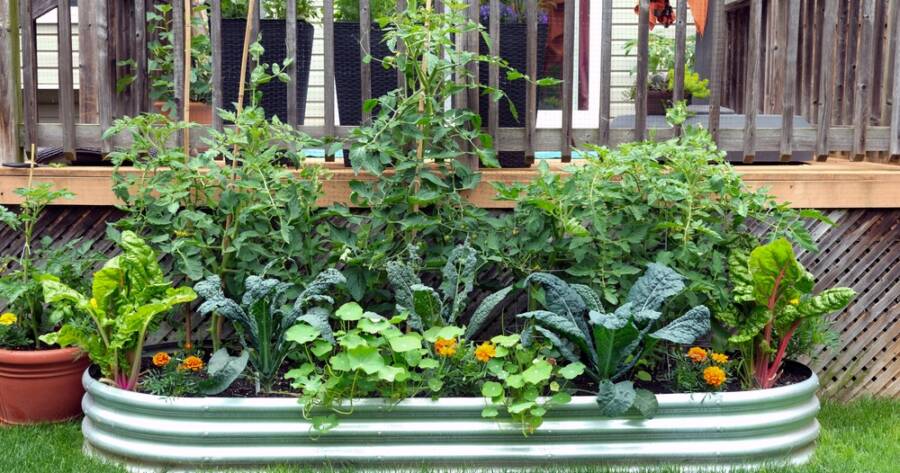Gardening through the seasons can be a rewarding endeavor, allowing you to enjoy vibrant blooms and rich harvests all year round. Each season presents its unique set of challenges and opportunities, meaning there are always new techniques and strategies to explore. By considering various gardening hacks, you might enhance your garden’s vitality and beauty, no matter the time of year. Cultivating an adaptable approach might help keep your garden flourishing as the seasons change.
Spring: Preparing for Growth
Spring is often seen as a fresh start, where gardens come alive after winter dormancy. To prepare for this awakening, consider these potential strategies:
Soil Enhancement
To take advantage of spring’s growing potential, enriching your soil might be beneficial. Incorporating compost or well-rotted manure into the soil could improve its nutrient profile, potentially encouraging healthy plant growth. Testing the soil’s pH can also inform any necessary adjustments, helping to create optimal conditions for your plants.
Seed Starting
Starting seeds indoors, especially in colder regions, may provide a head start. Using biodegradable pots or old egg cartons can be an eco-friendly way to plant seeds. Once the risk of frost has passed, these seedlings could be transplanted outside, possibly leading to stronger, more robust plants.
Summer: Embracing the Heat
Summer brings heat and sunshine, which can be both a blessing and a challenge for gardeners. Managing heat and hydration become crucial aspects to consider.
Water Wisely
To make the most of watering, aim to do it in the early morning or late evening when evaporation rates are lower. Drip irrigation systems, though initially an investment, could ensure slow, consistent watering directly to the roots, helping to conserve water and encourage deeper rooting.
Mulching
Applying a layer of organic mulch around plants might help retain soil moisture and suppress weeds. Mulch made from straw, grass clippings, or wood chips could not only insulate the soil but also add nutrients as it breaks down.
Autumn: Harvesting and Preparing
Autumn offers rich harvests, and it’s also a time to prepare for the coming winter.
Extending the Harvest
To continue enjoying fresh produce, consider planting fall crops like kale, spinach, and carrots. Many of these can tolerate cooler temperatures, providing a fresh supply even as the days grow shorter. Row covers or cloches might be used as additional protection against early frosts.
Composting
Autumn leaves are a valuable resource that can be used to bolster your compost heap. Shredding leaves before adding them to the compost can speed up the decomposition process, potentially contributing to rich, fertile compost by spring.
Winter: Protecting and Planning
Winter often forces a pause, but there’s still plenty to do behind the scenes.
Frost Protection
Frost can be a challenge, but using burlap or frost blankets could provide plants with some insulation from the cold. For potted plants, moving them closer to buildings or sheltered areas might offer additional protection.
Planning for Spring
Winter might be an ideal time for planning. Reviewing your garden’s successes and challenges can guide decisions for the upcoming growing season. Sketching a garden plan, ordering seeds, and arranging tools could set the foundation for a thriving spring garden.
Learn More Today!
Nurturing a garden throughout the seasons can be a dynamic and fulfilling experience, offering countless lessons and joys. Whether expanding your knowledge through new planting techniques or exploring soil improvement strategies, each season has its own role in the garden’s life cycle.
While nothing is guaranteed, an adaptable and informed approach might help maximize your garden’s potential year-round, resulting in a vibrant and resilient green space that can be both a personal sanctuary and a source of sustenance.

